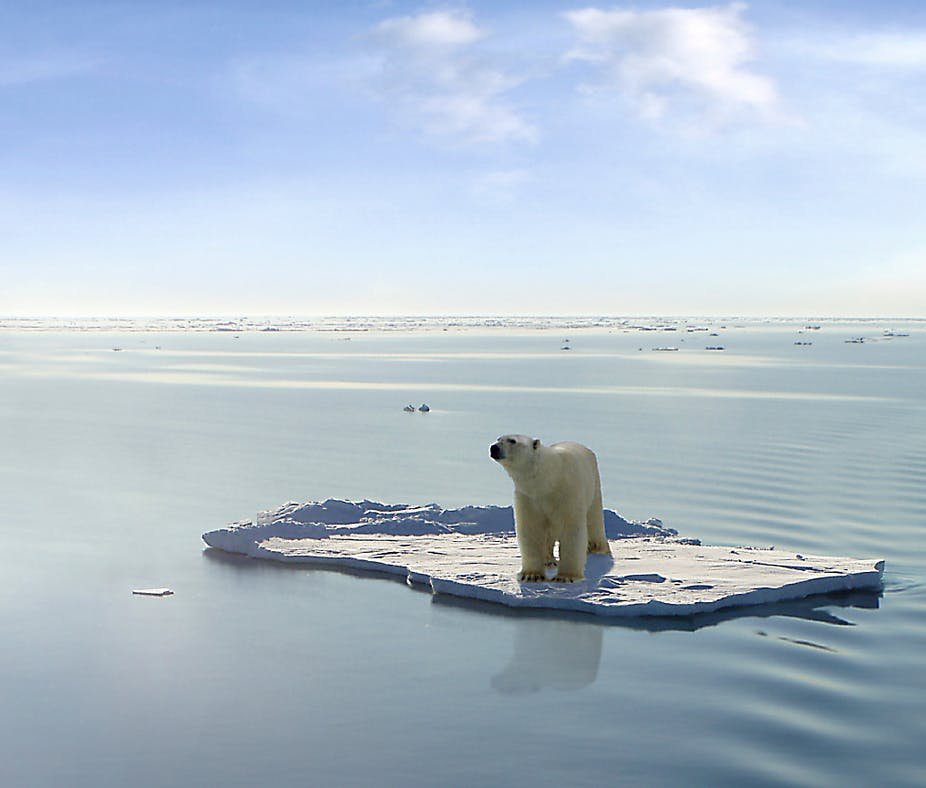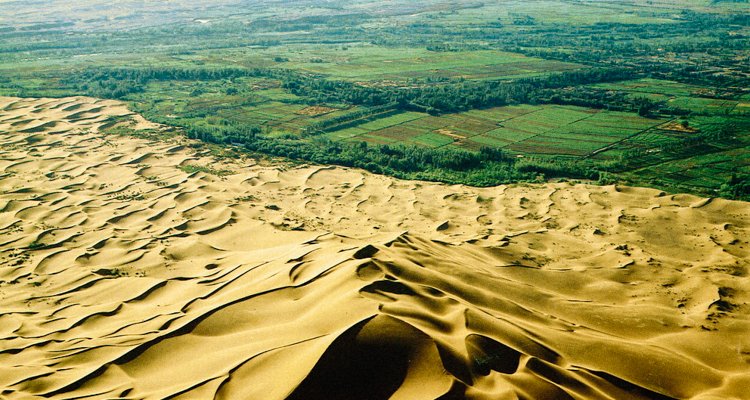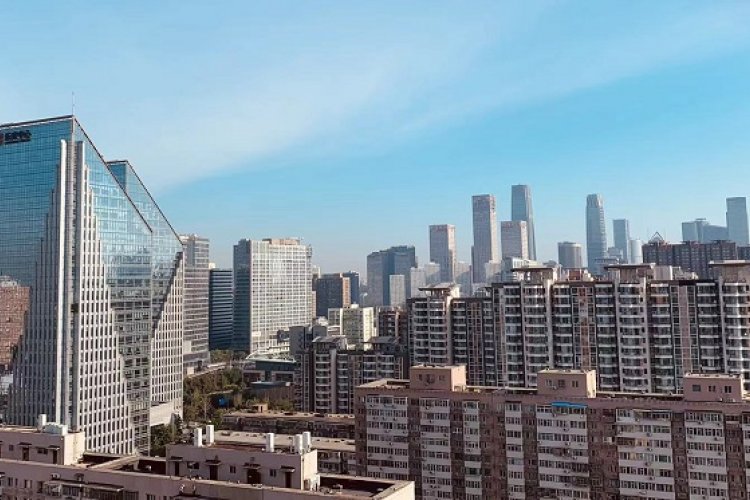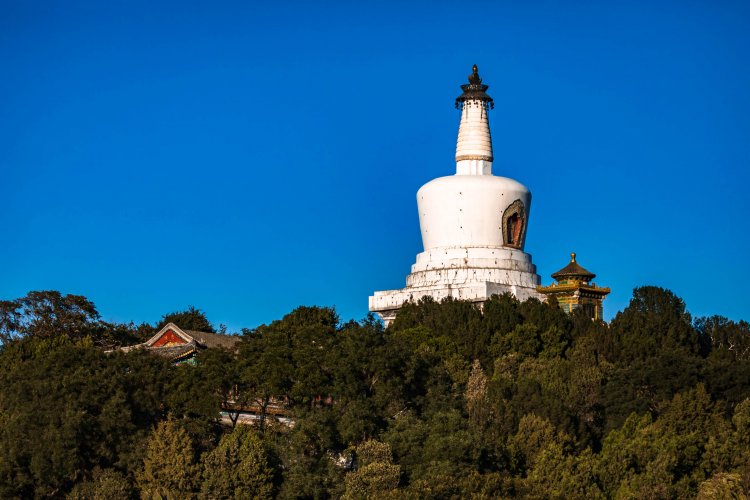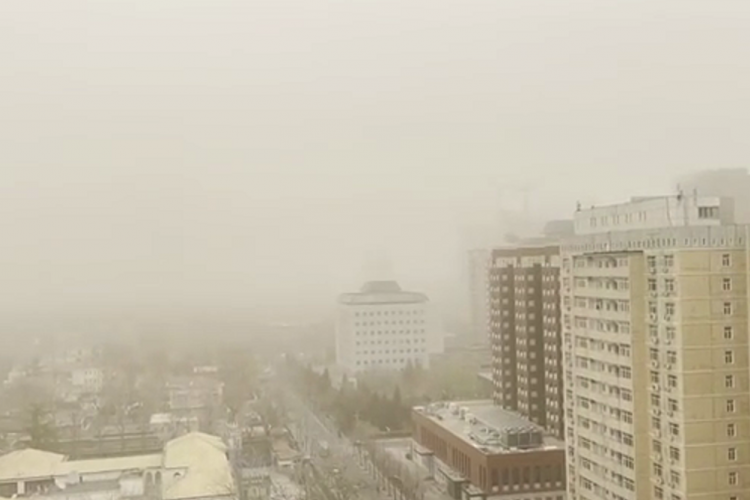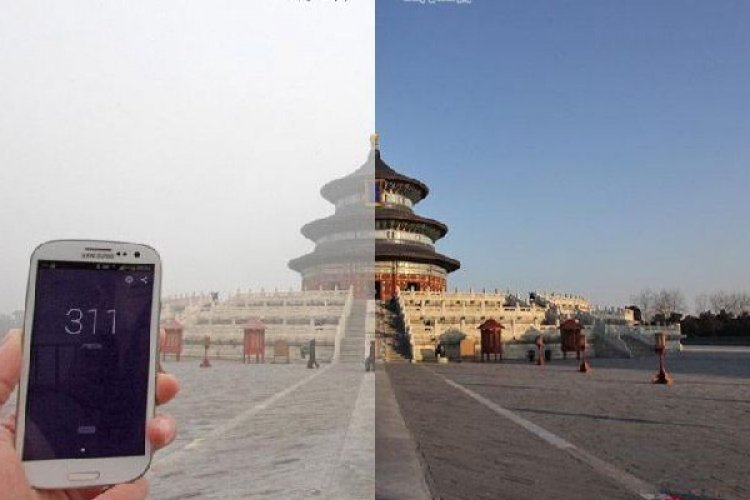Throwback Thursday: Airpocalypse a Reminder of Greater Climate Change Threats
We're sure we don’t have to remind you that a mere three days ago, Beijing was engulfed in a post-apocalyptic hellscape of toxic sand. Between exhaustive international media coverage, a dismal Pantone swatch of hazy orange WeChat moments, and a couple of incredulous messages from friends and family back home, Monday’s record-breaking sandstorm is all but seared into our collective memory. Unfortunately, however, we do feel compelled to remind you that four years ago this week, we reported on a study published in the journal Science Advances, which detailed the complex relationship between melting polar ice caps and extreme air pollution events in Northern China. Essentially, the study found that when shifting weather patterns, rapidly dissolving Arctic ice, and higher amounts of snow in Siberia coalesce, the end result is less wind to clear away the PM2.5 particles that settle over the capital. According to the study’s lead author, Georgia Institute of Technology professor Yuhang Wang, higher temperatures in the Arctic and higher concentrations of snow in Siberia are trapping the winter gusts that could otherwise be counted on to blow pollution away. But wait, you say, didn’t the Beijinger just run an article about our ever-improving air quality? Yes, yes we did. And we stand by it. That fact was actually addressed by Wang back in 2017, who wrote, “Emissions in China have been decreasing over the last four years, but the severe winter haze is not getting better.” Which is to say, despite Beijing’s best efforts to clean up its skies – efforts that, on a day-to-day basis, have been relatively successful – one glaring fact remains: The planet and its natural systems are a symbiotic knot of cause and effect, and until the world as a whole chooses to do something about global warming, its consequences will become increasingly far-reaching and catastrophic. Of course, the prevailing theory holds that the answer to combating climate change lies in rainforest conservation and wider reforestation efforts. While that’s certainly true on the face of things, with a system as delicately balanced as the natural world, the reality is a bit more convoluted. In fact, since 1978, China has been in the process of creating the “Great Green Wall,” an ambitious ecological barrier larger than Ireland, positioned between Northern China and Southern Mongolia. The idea is that this vast swath of trees would literally block winds and all the particulate offal they carry down from the Gobi desert. As we detailed in 2018, however, that project has largely been more trouble than it’s worth, with knock-on effects that range from eye-sore installations at best to exacerbated ecological degradation at worst. So, in conclusion, you're damned if you do and you're damned if you don't. Or, in other words, despite Beijing’s improving air quality, the phenomenon of the Airpocalypse won’t be going away any time soon. But at least there’ll be some relatively clearer skies in the interim. READ: Want a crash course in air pollution and Beijing? Click here. Images: sciencing.com, theconversation.com, theplaidzebra.com
